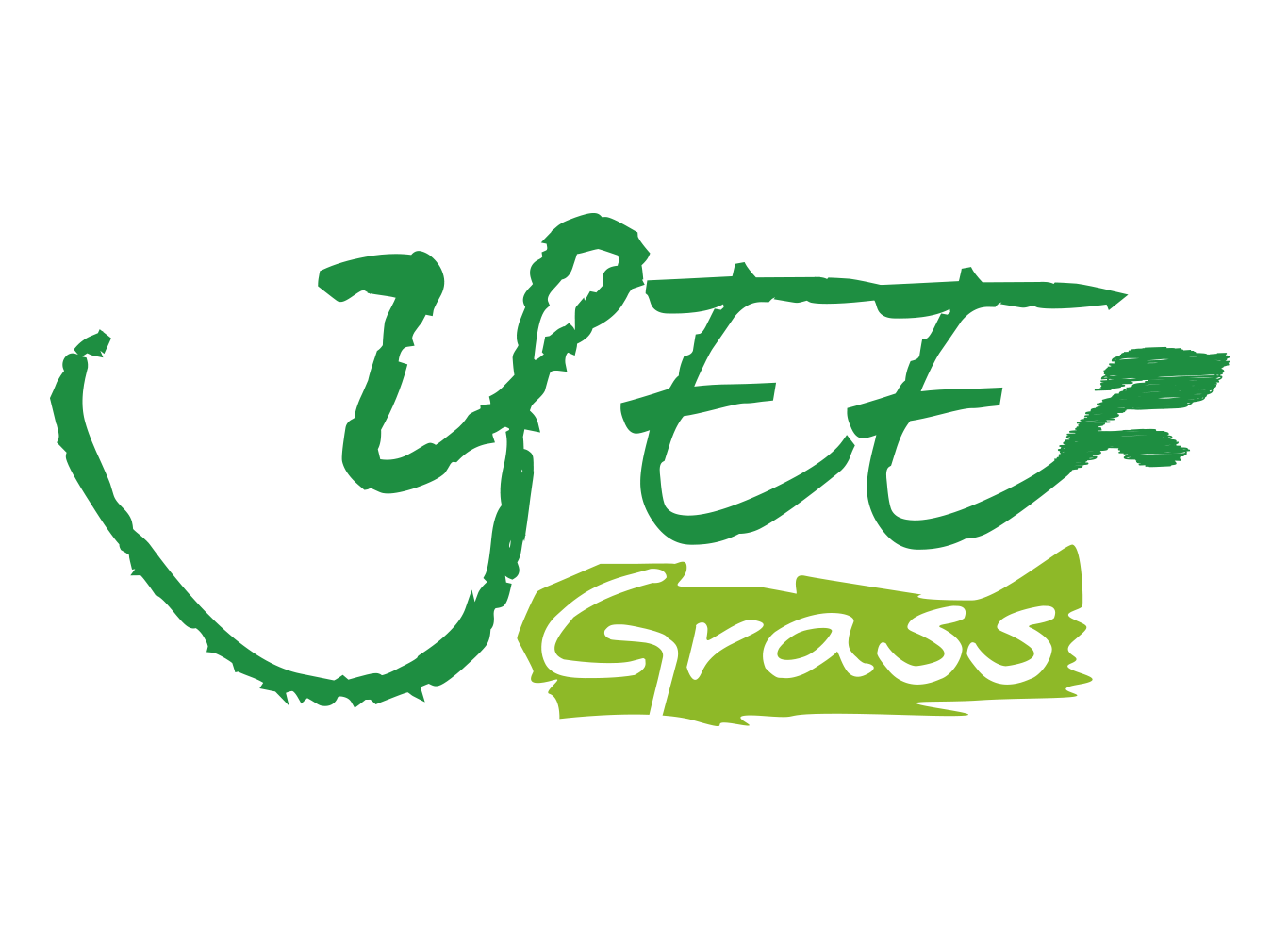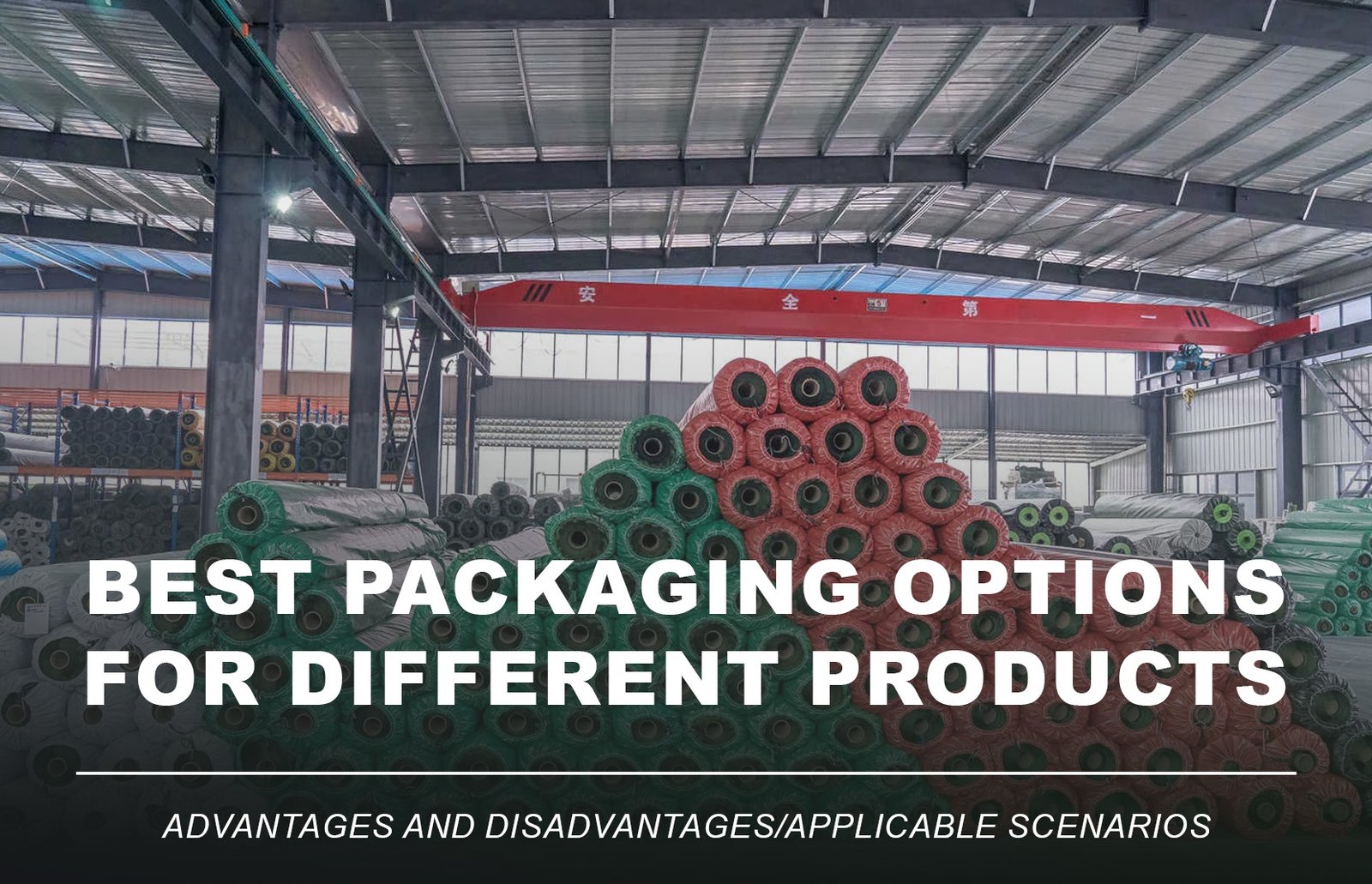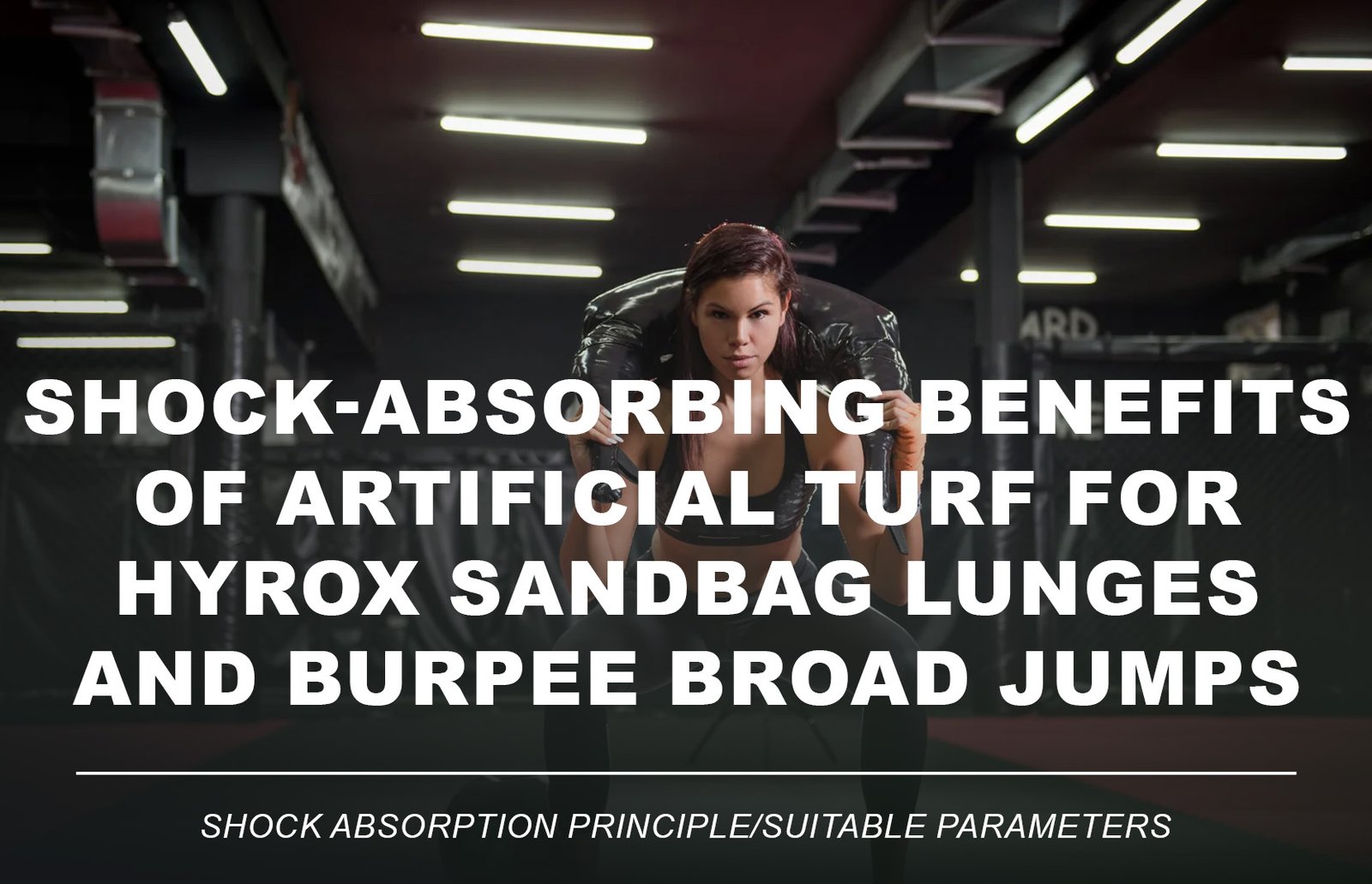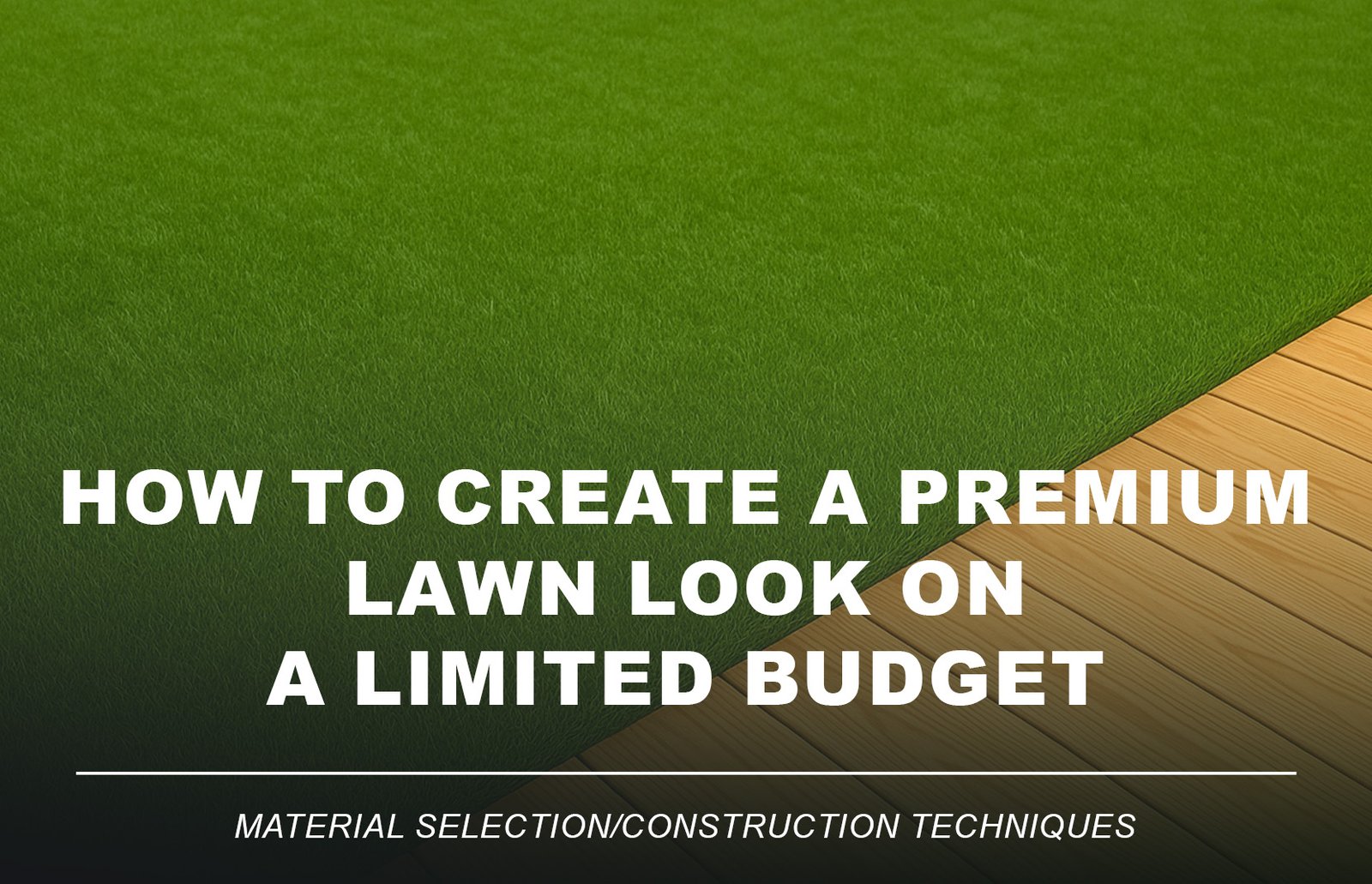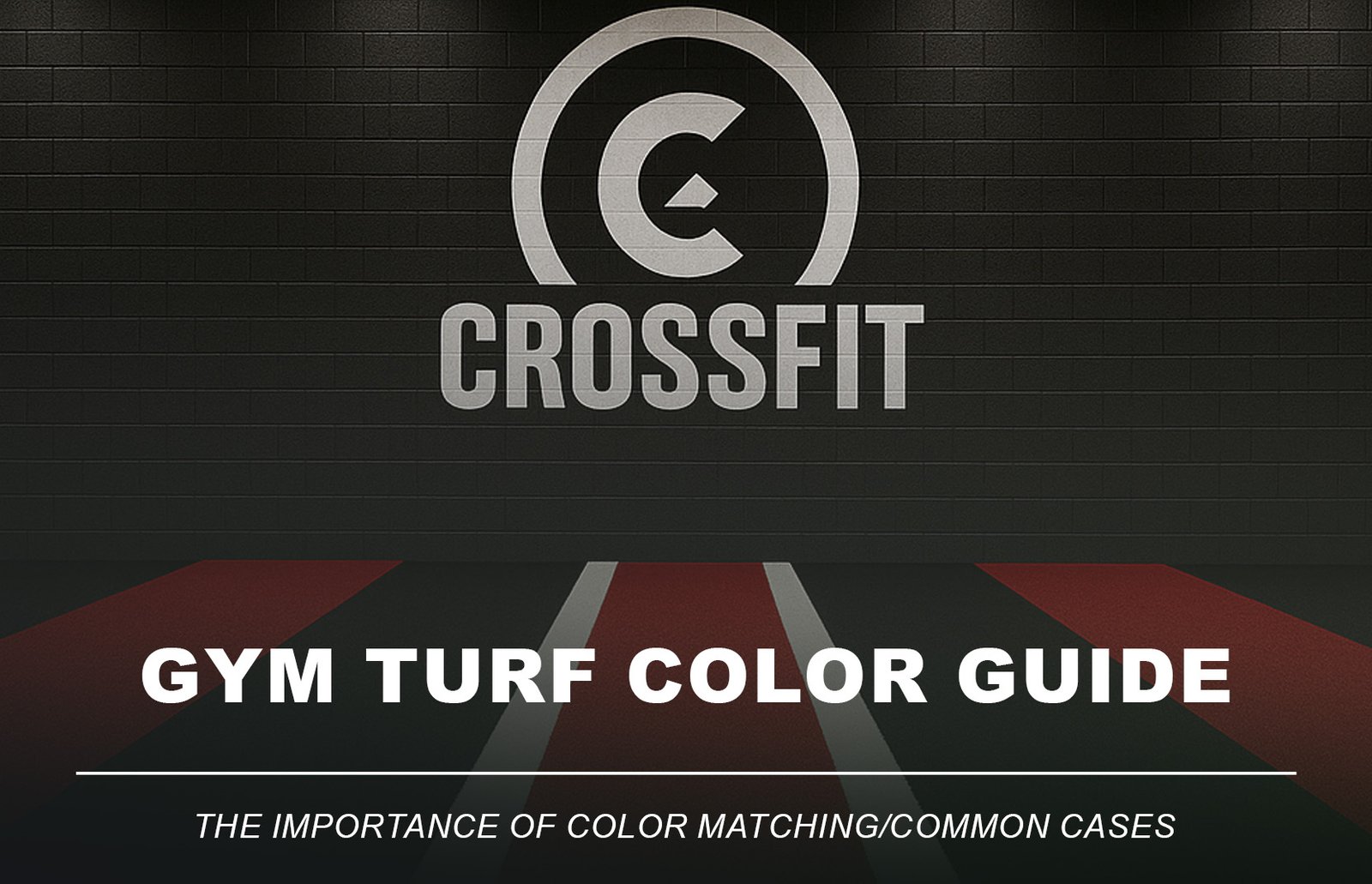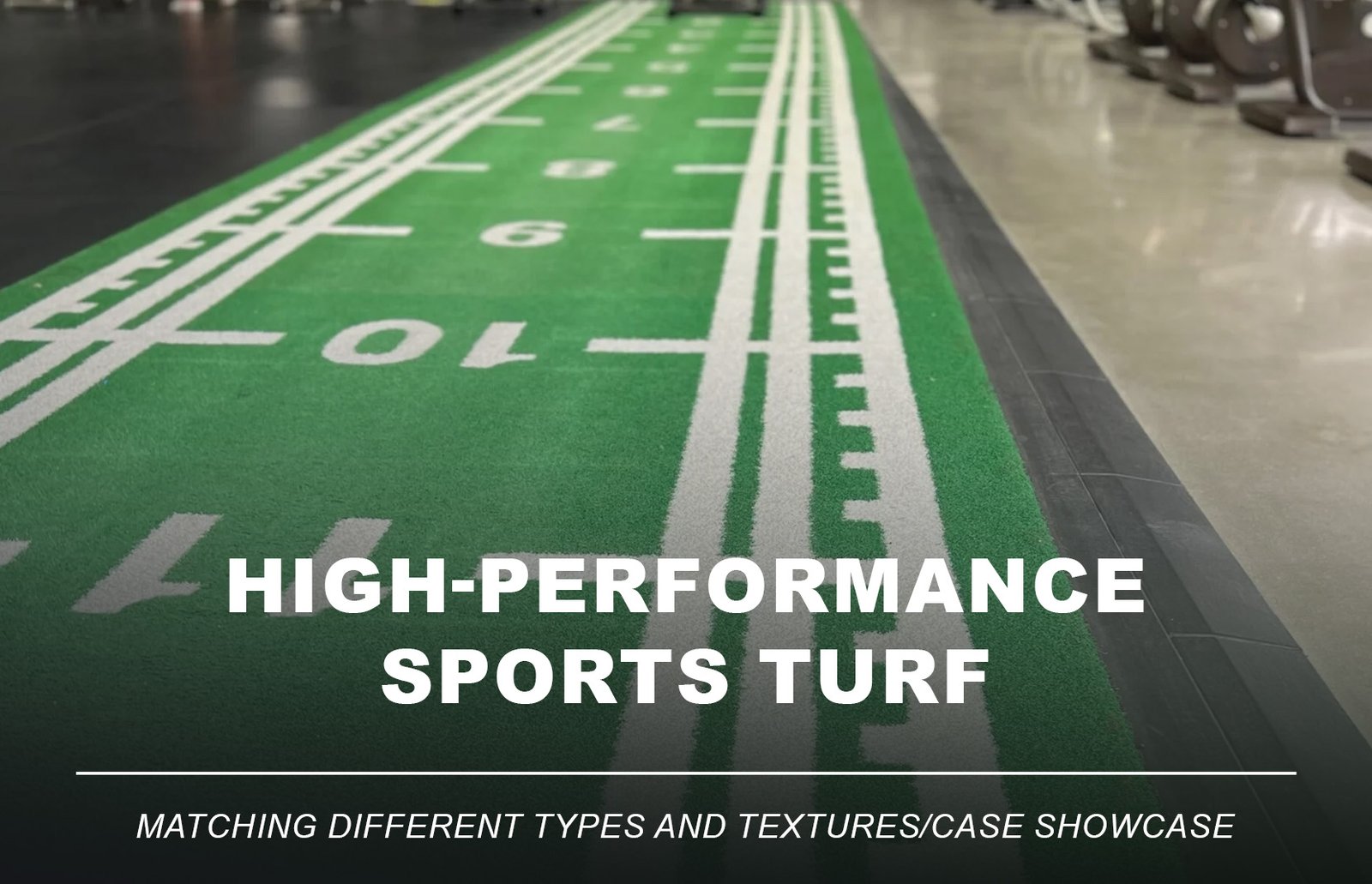
As artificial grass becomes increasingly popular in residential lawns, sports fields, and commercial landscapes, its low maintenance and evergreen appearance are widely appreciated. However, in damp, poorly drained, or poorly ventilated environments, mold on artificial grass, fungi, and moss on synthetic turf can still grow—affecting appearance and posing safety risks.
This guide explores how to prevent mold and moss on artificial grass by addressing their causes, offering effective turf cleaning techniques, recommending smart artificial turf drainage systems, and highlighting how to choose mold-resistant artificial grass. Keep your synthetic lawn clean, safe, and long-lasting.
1. Why Can Mold and Moss Grow on Artificial Grass?
Although synthetic turf is made of plastic fibers and contains no organic nutrients, the following environmental conditions can still trigger microbial growth:


• Poor artificial turf drainage: Water accumulation creates prolonged moisture—a perfect environment for moss and mildew.
• Lack of sunlight and airflow: Shady, enclosed spaces promote high humidity.
• Organic debris: Fallen leaves, food crumbs, and pet waste on turf can feed microbes as they decompose.
2. Mold, Fungi, and Moss: Effects on Turf and Safety




• Visual damage: Black mold spots, green moss, or discolored turf patches distort the clean, green appearance of your artificial lawn.
• Slip hazards on artificial grass: Wet, moldy surfaces can become dangerously slippery—especially for children and the elderly.
• Odor buildup: Mold and mildew release unpleasant smells, reducing outdoor enjoyment.
• Turf damage risk: Long-term mold growth may degrade the turf backing system or adhesives, shortening the lifespan of your synthetic lawn.
3. Key Design Features to Prevent Mold on Artificial Turf
(1)Smart Artificial Turf Drainage Design

• Choose turf with perforated backing and a drainage rate of at least 60L/min/㎡
• Use a crushed rock or sand sub-base to prevent water pooling
• Ensure slope and perimeter drainage channels allow water runoff
(2)Antimicrobial & Mold-Resistant Turf Materials

• Select polyethylene (PE) artificial grass with natural resistance to mold and moss
• Look for turf products with antifungal and UV-stabilized coatings
• Use eco-certified artificial grass that meets REACH, RoHS, or ISO 14001 standards
4. How to Clean Mold and Moss from Artificial Grass
(1)Safe & Natural Turf Cleaning Methods



• Mix white vinegar and water (1:1), spray it on the affected turf areas, wait 15 minutes, and gently scrub with a soft-bristle brush
• Baking soda with warm water is another great natural cleaner for synthetic turf
• Rinse thoroughly and allow the turf to dry with natural airflow
(2)Avoid Turf-Damaging Chemicals

• Never use bleach or ammonia—these can degrade turf fibers and backing adhesives
• Avoid high-pH cleaners; use turf-safe mold removers instead
5. Best Practices to Prevent Mold and Fungal Growth




(1)Weekly removal of organic debris like leaves, twigs, or pet waste on artificial grass
(2)Monthly rinsing with water, especially after rain or high humidity
(3)Use a well-draining sub-base to avoid water buildup
(4)Perform biannual deep cleaning with non-toxic turf mold cleaner or enzyme-based turf disinfectant
6. FAQs: Mold Prevention on Artificial Grass
Q1: Is artificial turf more mold-prone than real grass?
A: Not by nature—but poor drainage for artificial grass or heavy shade can increase the risk of mold or moss growth.
Q2: Can moldy synthetic turf harm pets and children?
A: Yes. Turf mold may trigger allergies or irritate skin. Always choose pet-safe, mold-resistant artificial grass and clean it regularly.
Q3: Can I install artificial grass in a rainy or shaded yard?
A: Yes. Just use antimicrobial turf with a solid drainage system and ensure proper airflow.
Q4: How do I safely disinfect artificial grass?
A: Use diluted vinegar or turf-friendly enzymatic cleaners once or twice a year to maintain a clean and moss-free turf surface.
7.Conclusion: Clean, Mold-Free Artificial Grass Starts with Smart Choices
Whether you’re designing a backyard lawn, school playground, or commercial synthetic turf space, preventing mold and moss on artificial grass starts with the right choices: high-quality drainage turf, eco-friendly mold-resistant materials, and consistent maintenance.





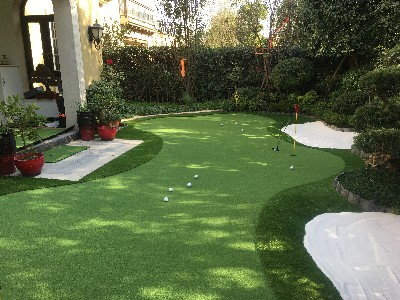
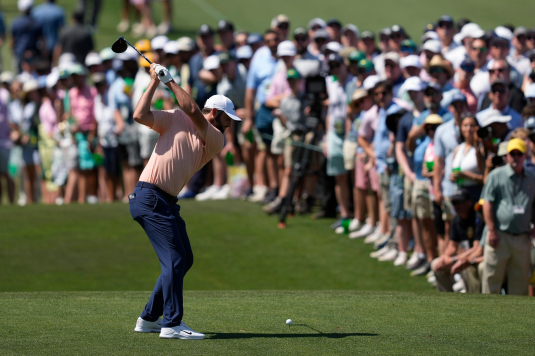

Looking for reliable turf that resists mold, moss, and mildew?
We offer certified antimicrobial artificial grass, engineered for high drainage and long-term performance.
Contact us today for a custom quote or request your free sample of mold-resistant turf.
